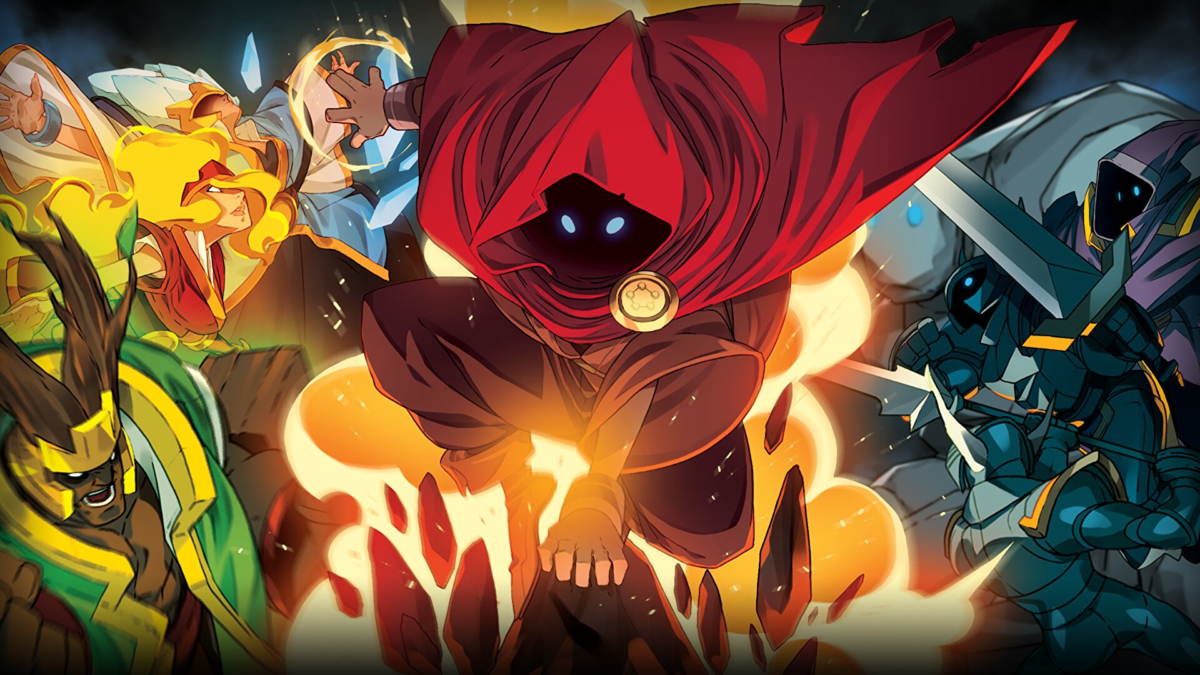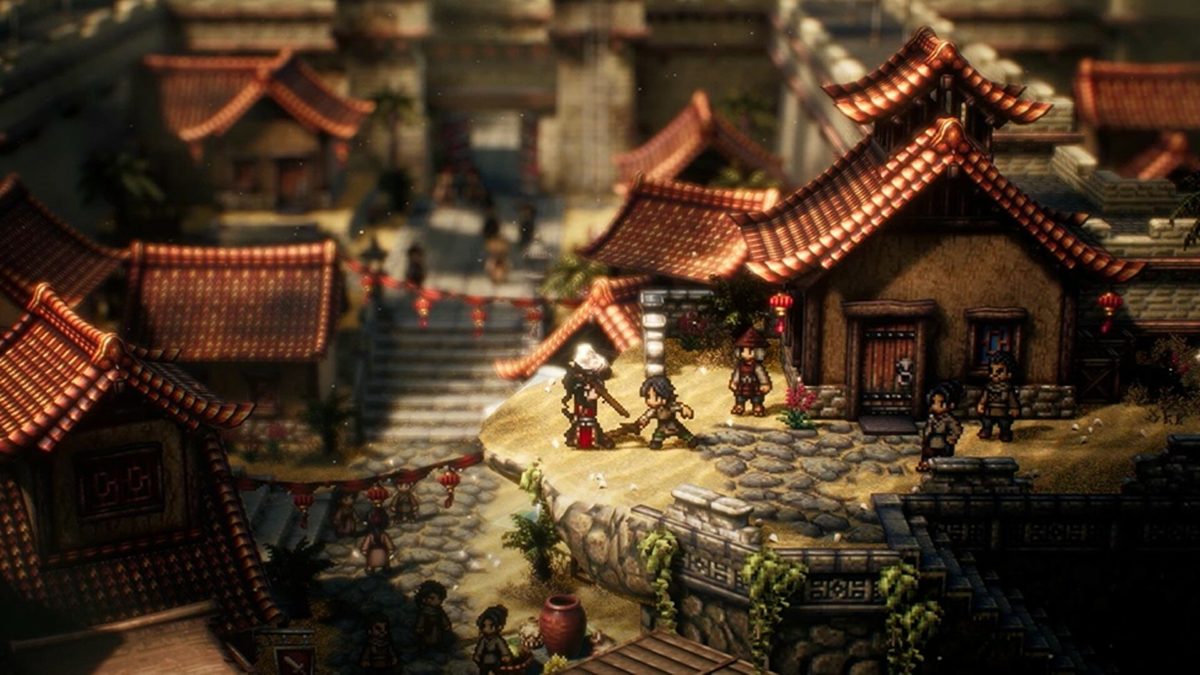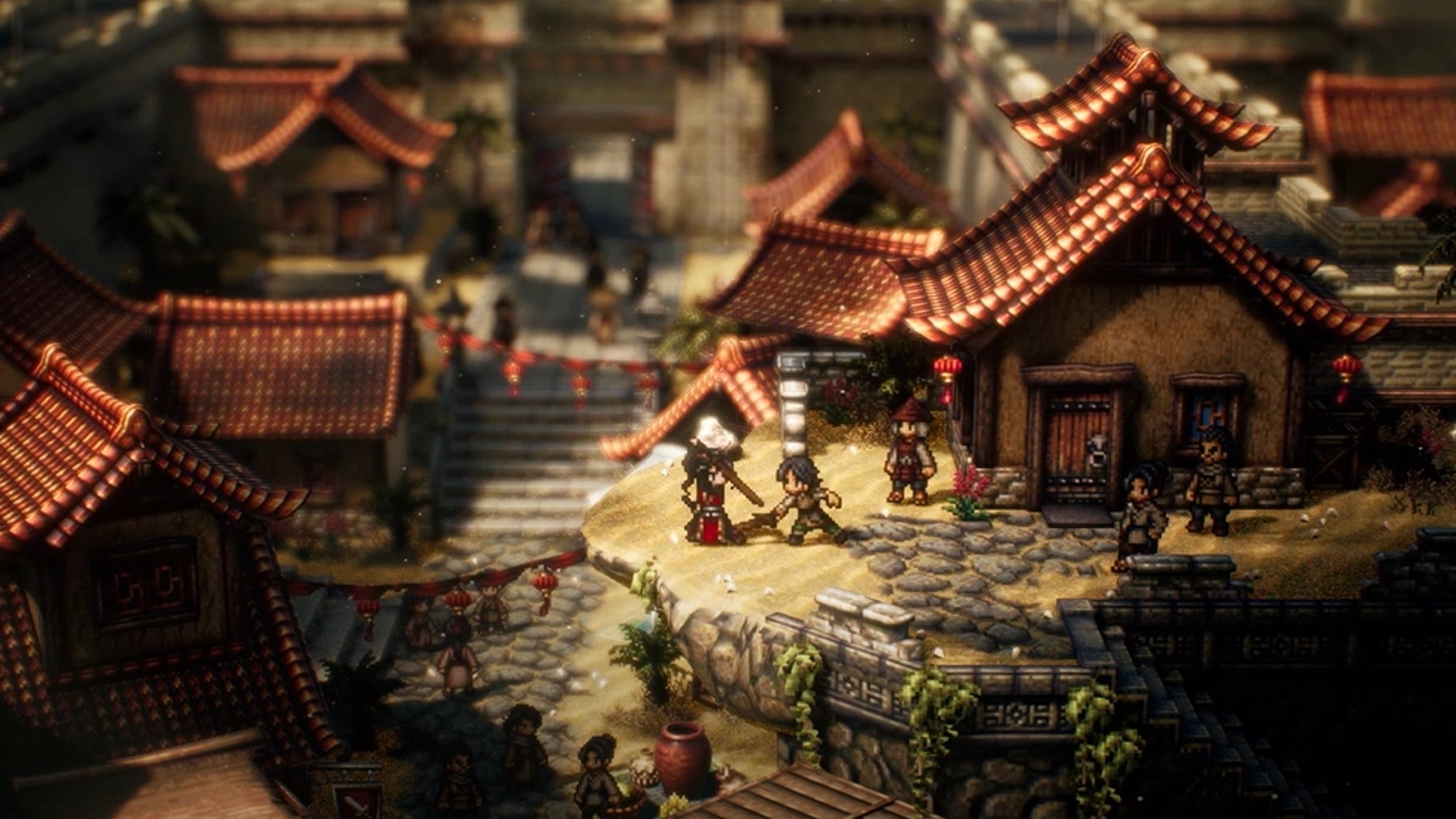This week’s Unlocked column is a little different. As a seasoned Apex Legends player, I’ve been playing the game ever since it was released. With its biggest update ever on the horizon, I spoke with the developers to see what’s in store.
Apex Legends turns four this year and ever since it hot-dropped on February 4th 2019, it’s held its ground as one of the best battle royales in the market. It set the bar for mechanics every battle royale should have, such as the intricate ping system, resurrection for eliminated teammates, and Evo armor that evolves into higher tiered protection as you do more damage. But Apex has had its ups and downs since launch.
In recent seasons it’s been very apparent that Apex needed an overhaul to its game to keep up with the four years of Legends, weapons, and map updates poured into it. The community called for a season health update for Apex to match the seasonal updates applied to Fortnite, where the game would be taken offline over a few days to have massive quality of life changes implemented before being restored.
While Apex Season 16 Revelry isn’t forcing the game offline for a few days, it is providing a huge overhaul to how it’s played, most notably with the rework of Legend Classes that now give different exclusive gameplay perks to each one. This completely changes how you play as specific Legends, as any Control Legend can now scan the Ring Console to see the next circle location on the map as opposed to giving that ability to Recon Legends.
Season 16 will almost be like learning a new game of Apex. Not only does it feature the Class System rework but Revelry also brings in new Legend balancing and weapon changes. While Legend and Weapon tweaks usually happen between season launches, Revelry’s system is being retouched to reflect just how big Apex has gotten over the years.
In light of the new season, I spoke with Apex Legends’ Game Director Steven Ferreira and Design Director Evan Nikolich to discuss the future of the game.
Stella Chung: Did you ever expect Apex would be what it is now after Respawn shadow dropped it four years ago?
Steven Ferreira: Well you always hope, but we definitely didn’t know what we were in store for. I think that was definitely a learning curve. It still is today, honestly. I wouldn’t say that we know exactly what we’re going to do and how we’re going to do it all the time.
We make plans, but really it’s influenced by players and what’s happening in the live game. That is really what steers the ship to a certain extent. We have goals and things that we set out for, and there’s obviously lead times to getting content out in the game, but generally a big part of a live game is reacting to how players are playing the game. And so we can’t make a plan that sees out into the future too far because we always have to have some wiggle room to be able to adapt to how players are playing the game.
So it’s been a great ride. Super exciting and fun. And that’s one of the best things, is there’s just been surprises along the way. And it’s one of the things that I really enjoy about a live game is that we get to try and surprise players on a regular basis and vice versa, we get surprised by how players react to the content and what they do with the game.
Stella Chung: Apex is having a huge rework after four years. How did you come about this decision?
Evan Nikolich: When I joined the team just over a year ago, we were taking a look holistically at the game. And some of the most immediate feedback I got, particularly from the Legends team, is that there was this constant pace of adding a new legend, new legend, new legend…
They recognized all these old legends had opportunities to improve and grow, but weren’t given the chance because of the cadence of delivering new legends. My proposal was, “Why can’t we pause adding a new legend for one season? And if you got that opportunity, what would you do?” Then we came back with the pitch of ‘rework all the legend classes’. We’d add a new class and would make them actually live a class fantasy instead of just being an icon on the portrait, which is what it basically became.
So we worked through multiple prototypes, multiple pitches, to take the things people already know and love about Apex and level them up. We’re leaning into this philosophy about evolving the game and building this everlasting hobby people can play for years to come. And yes, part of that is adding new content.
We’ll have more content coming season after season, but it’s also bringing existing content up to date, to how players are playing with it; meeting that challenge and then driving players to play in new, interesting ways.
Steven Ferreira: Part of it came from the players and a lot of the feedback we’ve been getting from the community is that the game has been getting harder and harder. And obviously, adding new content to the game isn’t going to generally fix that.
What we have to do is look at the game holistically and look back at what we’ve released over the last four years and think about how we can change the systems, to both increase the level of competition and increase the ceiling for players who have been with us for the last four years and have gotten better and better. At the same time, there’s a ton of new players joining all the time and we want to make sure they have as fun an experience onboarding and getting into that level of competition as everyone else had over the last four years.
Stella Chung: So how long has this overhaul been in development for?
Steven Ferreira: We really kicked it off in earnest last year, working in different pieces. You’re seeing a lot of those [updates] now in the upcoming season of Revelry, but you’re going to see more over the next few seasons this year.
There’s a long tail on some of it and it takes time for us to develop, and some is dependent on many pieces. The legend classes is an example of that. The changes were not something we really wanted to drip feed to the legends themselves. We wanted to make sure we had those changes ready to go as a package, so that when we put it into the game, it actually had an impact on the experience.
That’s really a key part of how we’re looking at a lot of these changes over this coming year of seasons – we’re going to be putting stuff into the game we feel has an impact, which means that sometimes the formula and the expectations of a given season won’t be the same. I hope that, like I said earlier, we’ll be able to surprise players throughout the year.
Stella Chung: This is Respawn’s first live service game. I know in the beginning it was very overwhelming, so how has the team learned to evolve a live service game over the last four years now?
Evan Nikolich: Part of the reason I was hired is I had a lot of live service experience coming from working on Destiny and Destiny 2. So I took a lot of lessons from there. One of the big lessons was focusing on evolving the core, evolving the hobby, evolving the systems. For me, I was excited to jump onto a competitive game like Apex because at its core it was so solid, so it was all about ‘now how do we build out that core?’
The biggest lessons I’ve learned over the last year is how do we talk to the community? How do we listen to them, find out their needs? The community says a lot about what it wants but really it’s picking apart what they need. And part of that response is evolving the legend classes and the onboarding systems and things of that nature.
Those are some of the big lessons we’ve focussed on and we’re finally displaying them now in this coming season. It’s been hard, particularly last season when people were like, “Ah, there’s no meta changes…” And I was like, “It’s coming! We’re almost there and now’s the time.”
Steven Ferreira: As Evan just said, that’s the core that’s driving the way we’re looking at this. At the end of the day it’s a balancing act of making sure the team remains having fun making the game, and that means we have to balance how much content we put out and that we’re working on things the team actually wants to work on.
One example was the class system. The team was saying, “We love making new legends and want to continue to do that, but we’re also really invested in the content we’ve already made and want to be working on that.” So we listen to what the team’s excited and passionate about, and what the community’s excited and passionate about, and find a balance. How much can we do in a given season and make sure the team is doing that in a healthy way, and in a way that keeps them engaged and passionate about the game and having fun, because at the end of the day I think that’s how Apex came to be.
That means that sometimes it’s a challenge to find the balance. That’s an ongoing thing we do day after day and we’ll continue to grow in order to accomplish all the things we want to do. The team has so many things it wants to work on. We can’t get to it all and we can’t do it in the timeframes we have season over season, so we look at the long game. Like I said, we can’t look too far ahead because the nature of the live experience will end up steering that on its own, but we do need to look ahead nonetheless.
Stella Chung: You speak about these challenges. What would you say is the biggest challenge with keeping up with the live service game?
Steven Ferreira: The cadence of release is a challenge. With most, let’s say ‘traditional non live games’, there’s anywhere from a year to a couple of years of development, in which you go through pre-production and start to figure everything out. Then the game starts to gel and you begin play testing, and start getting some early views from the community. Then, around release, there’s an intense peak of development before you have a break after the end. We don’t have the luxury of those peaks and valleys, and everything is condensed into a very short amount of time. We’re effectively releasing every six weeks, putting something out into the live game.
That itself is a challenge, but it’s also part of the ingredients of making the game great. I wouldn’t change that for the world, and I think we have a sweet spot of seasonal releases that allows us just enough time to build the things we want to build. It also allows us to stay connected to the community on a regular enough basis that we’re getting live feedback and adapting the game. So I don’t see us changing that cadence anytime soon and I’m excited to continue evolving the game over the long term using that model.
Stella Chung: Do you think there will ever come a point where Apex will stop releasing new legends or weapons? Because that legend screen is getting pretty crowded.
Evan Nikolich: There definitely is a point. We’re not close to it, I don’t think, but there is a point where you reach a point of saturation when new legends don’t add anything. You can see that in some of the big MOBAs like League and Dota. Every time they add a hero, it dilutes the pool. They don’t get played as much.
We want Apex to last for 20 years, like Counter-strike. It has to be self-sufficient and stand on its own. The systems have to be strong and interesting and good for players to play season over season, even if we’re not adding new, bespoke content. But there’ll always be some attending there in terms of creating interesting choices, creating interesting challenges and shifting the rule set to build the healthiest game.
If you look at some of the most established sports in the world, they’ve been around for 100-plus years. Basketball is my favorite game and it has evolved a lot in just 100 years. With Apex, we’re in the early, first five years of basketball where there’s no shot clock, no three-point line, all that stuff. And we’re slowly moving to what we know in the NBA game today.
Stella Chung: Is that still something Apex is trying to do, to expand outside of the battle royale? Or is the focus now back on battle royale?
Steven Ferreira: The focus is definitely on Battle Royale. We believe Apex, as a core experience, has a lot of potential within the battle royale, and that’s what you saw with some of the bigger modes we’ve done as LTMs leading up to this season. Things like Control, things like Gun Run, like Team Deathmatch… then packaging all of that together into a mixtape players can play all the time. That’s how we were looking at that.
We continue to experiment with things and look at different opportunities, but the key to Apex – and a lot of the design around what Apex is and why it works – is built around that Battle Royale experience. So that’ll always be at the heart of Apex, but we will continue to explore and have other Apex experiences outside of the Battle Royal, but they’ll always funnel back into the BR. They’ll be there as a way of either onboarding players or allowing people to get better at a certain element of the game, but it’s always in service of the BR.


 chill little potion brewers that let you coo over a bubbling cauldron all nice and cosy like; there’s your darker, more
chill little potion brewers that let you coo over a bubbling cauldron all nice and cosy like; there’s your darker, more 
 Octopath Traveler 2 demo which was released on console yesterday was nowhere to be found on PC.
Octopath Traveler 2 demo which was released on console yesterday was nowhere to be found on PC.